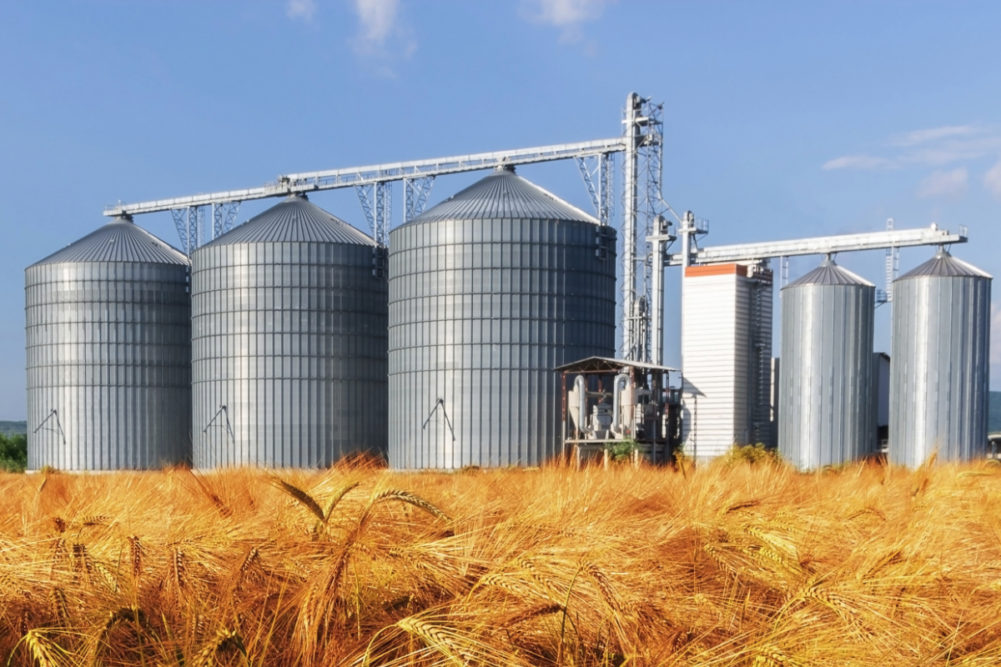The world’s grain bins overfloweth — even after a third straight drought-ravaged wheat crop in Australia and a historically wet and delayed planting season in the U.S. Corn Belt that reduced corn and soybean output in 2019. Barring an unforeseen jolt in supply and/or demand, it’s going to stay that way for a while.
That was Dan Basse’s central message to the delegates at the Global Grain Conference in November in Geneva, Switzerland. The grain market guru, who is president of Chicago, Illinois, U.S.-based AgResource and a sought-after speaker on the lecture circuit, warned that unless new demand drivers are discovered, grain prices will remain depressed.
He summed up the problem by noting that the world is eating 1.8% more grain every year but producing 2.7% more per annum.
A decade ago, there was much hand-wringing about the world’s ability to produce enough grain to feed the 9 billion people projected to inhabit our planet by 2050. There was emotional debate about the moral dilemma of diverting grain for industrial uses such as biofuels with a growing number of mouths to feed.
But today the most pressing concern is finding a way to boost grain consumption while output keeps soaring thanks to technological improvements such as drought-resistant grain varieties and more efficient chemical and fertilizer applications.
Basse has faith in the world’s farmers to deliver high output, even in the harshest growing conditions.
“My worries are based on the day that they do too good a job, that farmers produce too much grain and in some cases those farmers will be producing themselves out of business,” he said.
In such an environment, a search for new industrial uses of grains should be one of the industry’s top priorities.
The most recent demand shock occurred in the industrial uses category with the biofuels boom in the early 2000s, which saw production and consumption of corn-based ethanol and soybean-based biodiesel skyrocket. While ethanol production is on a sharp upward trajectory in a few countries such as Brazil, its growth has slowed considerably in the United States, by far the biggest producer of corn-based ethanol, after the government stopped subsidizing the fuel product in 2011. In fact, Rabobank recently projected that by 2026 more U.S. corn will be used for animal feed than for ethanol.
With global population increasing gradually, its unlikely dramatic shifts will occur in grain-based food or feed demand. Any type of sea change in grain consumption likely will come from a new type of industrial usage, some revolutionary invention that will provide a cost-effective alternative to a current product. Corn-based plastics, which use up to 68% less fossil fuels during production than petrochemical plastics and emit 55% less greenhouse gases, have showed some promise. The problem is bioplastics are typically more expensive to produce than traditional plastics, so only the most environmentally-conscious members of the food industry are willing to invest.
But efforts to develop these types of products must continue. In a world that has become so adept at producing grain, the search for innovative non-food uses should be applauded, not discouraged.




